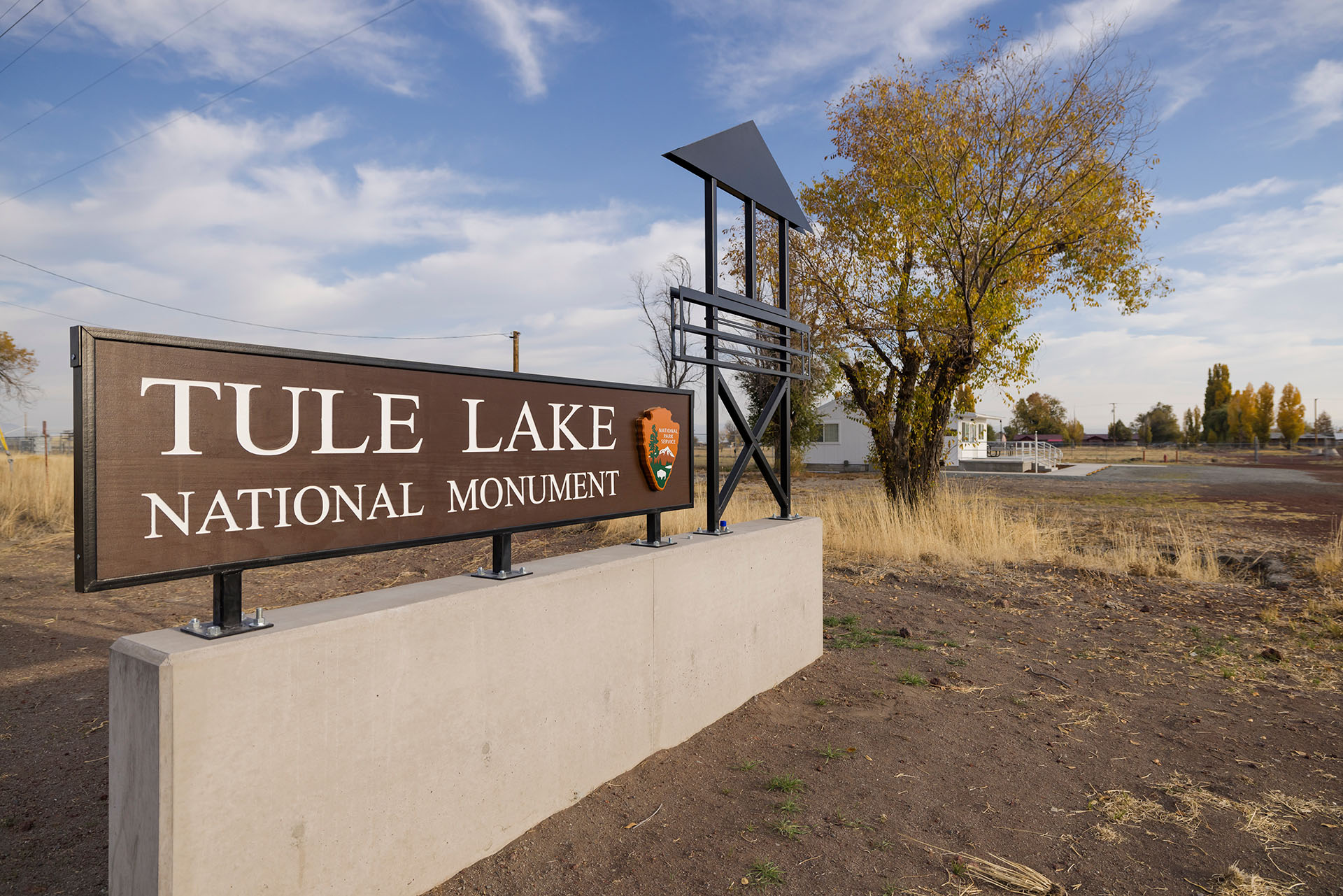In addition to the internment of Japanese-Americans, the Klamath region also witnessed another significant event during the war that left a lasting impact on individual families and the community as a whole: the only wartime casualties that occurred on the American mainland.
During World War Two, Japan devised a strategy to launch incendiary balloons with the intent to cause widespread forest fires in the Pacific Northwest. These balloons, carried by the jet stream, were designed to traverse the vast expanse of the Pacific Ocean and reach the American mainland. The objective was twofold: to create panic among the American populace and to divert resources away from the war effort.
However, the U.S. government, in a bid to prevent widespread panic and maintain public morale, chose not to disclose the nature and extent of these attacks to the general public. This decision to maintain silence meant that most Americans remained oblivious to the potential threat hovering above their skies.
The gravity of this threat became heartbreakingly clear on a fateful day in May 1945. Near the town of Bly, Oregon, a balloon bomb detonated, taking the lives of six innocent individuals. Among the victims were Sunday school children and their teacher, who were on a recreational outing when tragedy struck. Their untimely deaths marked the only civilian war casualties on the US mainland soil.
“It mentioned that six people were killed and it listed the names. I saw these names and it shook me. My daughter was about the age of some of the victims.” - Yuzuru John Takeshita, formerly incarcerated at Tule Lake Segregation Center
For those interested in paying their respects and understanding the depth of this tragedy, a visit to the site in Bly, Oregon, is possible. Maintained by the United States Forest Service, a monument stands in memory of the victims, offering a somber reminder of the unexpected ways war can touch lives far from the battlefield.























